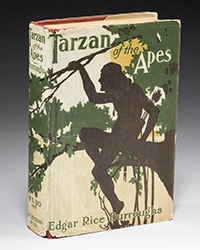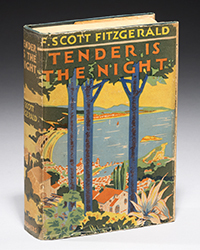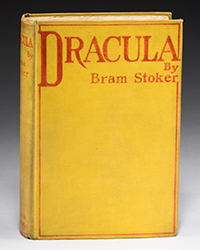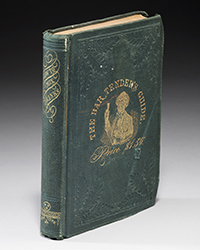Today, we’re embarking on a French slave ship that set sail for Africa in 1702! A dreadful voyage for the slaves, but a boring one for the narrator—and the readers.
“Here we are! I’m on board, and we might set sail this very evening!” Such is the first exciting line of this unusual book published in 1723 by Paul Marret, in Amsterdam, Netherlands (or in Rouen, France). Our narrator sailed from La Rochelle, France, in 1702. He was on board a King’s frigate of 44 guns, L’Aigle (The Eagle). The ship was chartered by the Assiento, which was the infamous company that provided the Spanish settlements in the New World with African slaves. This type of unofficial narratives is interesting as it often offers a different perspective and a down-to-earth insight into those dreadful voyages. This is history not as told, but as experienced.
The title of this book is Journal d’un voyage sur les costes d’Afrique et aux Indes d’Espagne... (Amsterdam, 1723), and it’s quite rare. There’s only one copy for sale on Abebooks for the time being. The seller, Ziern-Hanon Galleries, states: “The author, according to Worldcat, is Oliveira Lima.” But the Bibliographie des ouvrages relatifs à l'Afrique et à l'Arabie (by Jean Gay, 1875) attributes it to “Vallemont P.”—for Pierre le Lorrain de Valmont (1649-1721)—on the authority of the Llordachs catalogue of 1873. But the author has never been clearly identified. The subtitle of the title page insists on its giving a particular description of La Plata River, in Argentina; as a matter of fact, the 1723 Amsterdam edition comes with a folding map of the said river. The author drew it himself, and it was engraved by the French engraver Charles Inselin (1673-1715), who also engraved the maps of Froger’s travel.* This map is missing in most copies. In the description of a copy sold in 2007 by Sotheby, we can read: “Palau quotes another edition in Rouen, at the same date.” It is also mentioned in the catalogue of “the late M. Erdeven” (Paris, 1838)—unfortunately, I’ve been unable to find a physical copy of this first Rouenais copy. Our book was reprinted twice in 1730: in Amsterdam (Aux dépens de la Compagnie), and in Paris (Chez Morin). The first one is not actually a new printing, but the unsold copies of the 1723 Amsterdam edition with a renewed title page. The second one comes with a full page engraving, as described in the Binoche & Giquello catalogue in 2016: “With a nice engraving as a frontispiece. With the following caption: “A Savage from Peru. Nation of America.” Page 81.” The folding map was missing in their copy: “It is present in a few copies of the 1723 edition and was allegedly inserted into this edition as well,” they state. The Rare Book Hub Transaction History page lists only 12 copies of all editions altogether offered for sale between 1919 and 2016, and only two for the past 14 years.
* www.rarebookhub.com/articles/2394
The enthusiasm of our narrator didn’t last. Not only was he seasick, but he also found out that contrary winds and a calm sea could turn a trip into an ordeal. For days, sometimes weeks, they had to wait for the wind to get up. But there was worse than a dead calm: a dead calm in the tropical zone: “Oh, I’m afraid I’ll have to die. I don’t know what to do with myself. In the shade, I’m suffocating; if trying to get some air, I breathe fire. Have we come such a long way just to die here?” Six days later, he adds: “To be truthful, the heat is unbearable; and I mean unbearable. Your heart is weak, you can’t find the strength to eat nor to drink.”
It was a tedious voyage—but it is also a tedious read. I guess the publisher could have cut a third of it without losing any interesting fact. At the same time, it gives us a better idea of what such a trip could be. I wrote last month about Salaberry’s travel to Constantinople, and I said that the mind of a travel book’s narrator is sometimes more fascinating than the place he describes. This book verifies it. The author is as boring as his travel. Fascinated with weather reports, he cares about himself most of all and has little consideration for human affairs. After several months, the ship eventually reaches Africa. But the details our narrator gives about the infamous slave trade are few, and weird: “The business is good, we already have some 40 Negroes on board (...). At night, they play the drums and dance, jumping around like goats. The more they are, the happier. And they should be, the more the merrier.” A few days later, he writes: “The sloops bring in more slaves everyday—I guess we have around 80 of them on board now. Some of them are little kids and we like to play with them. Socrates himself enjoyed this occupation, are we wiser than the wisest Athenian?” Soon they left for Buenos Aires, Argentina, where they were to sell back their human merchandise. Some slaves had the very stupid initiative to die on the way: “Would you believe that most of our Negroes die just because they want to? And why do they want it? I have no idea. How could I? They don’t know it themselves.” Well—is that a trick question?
This travel lasted for four years—and 372 pages, which, in this particular case, is quite long. At least, our author didn’t enjoy either: “Once I’m back to France,” he writes on his way home, “I don’t think I will ever sail again. I know better today. This was too disastrous an experience.” Of course this book contains some interesting passages, including a description of Buenos Aires, and it remains a rare and sought-after first hand account of the triangular trade. As such, it is worthy to be added to any Americana collection—especially the tedious ones.


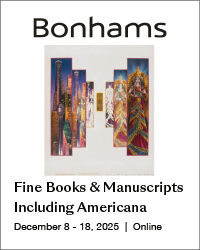

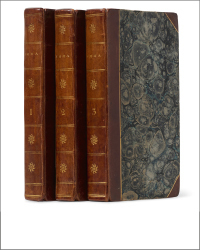
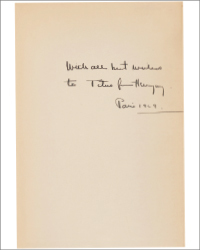
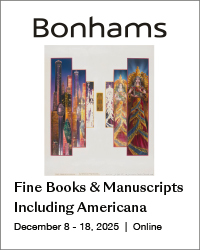
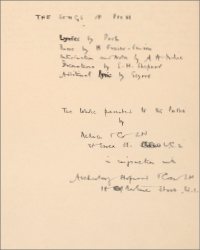

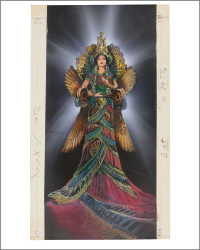
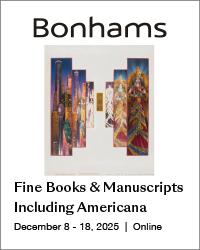
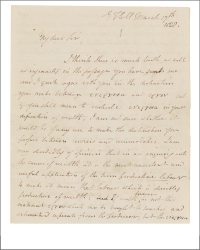
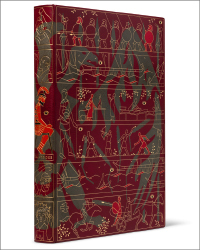
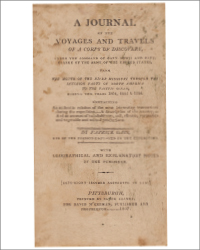
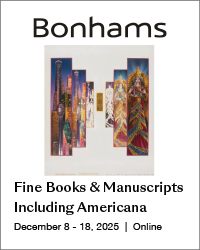
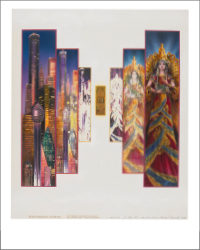
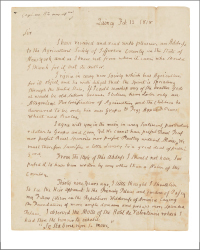

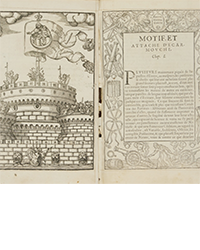
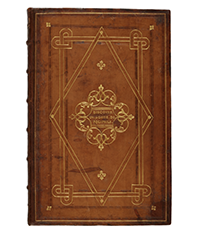
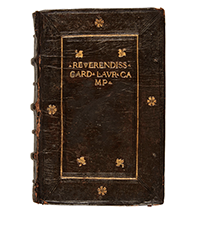
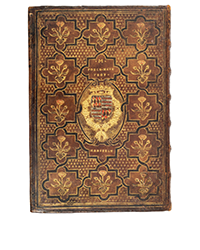
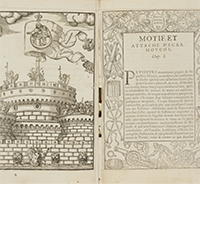
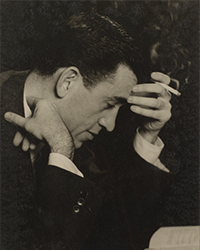
![<b>Sotheby’s, Dec. 16:</b> [Austen, Jane]. A handsome first edition of <i>Sense and Sensibility,</i> the author's first novel. $60,000 to $80,000. <b>Sotheby’s, Dec. 16:</b> [Austen, Jane]. A handsome first edition of <i>Sense and Sensibility,</i> the author's first novel. $60,000 to $80,000.](https://ae-files.s3.amazonaws.com/AdvertisementPhotos/9a74d9ff-42dd-46a1-8bb2-b636c4cec796.png)
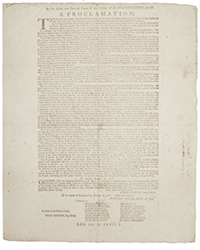
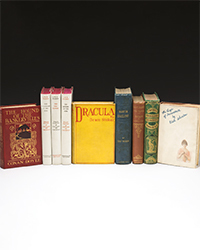
![<b>Heritage, Dec. 15:</b> John Donne. <i>Poems, By J. D. With Elegies on the Author's Death.</i> London: M[iles]. F[lesher]. for John Marriot, 1633. <b>Heritage, Dec. 15:</b> John Donne. <i>Poems, By J. D. With Elegies on the Author's Death.</i> London: M[iles]. F[lesher]. for John Marriot, 1633.](https://ae-files.s3.amazonaws.com/AdvertisementPhotos/8caddaea-4c1f-47a7-9455-62f53af36e3f.jpg)
